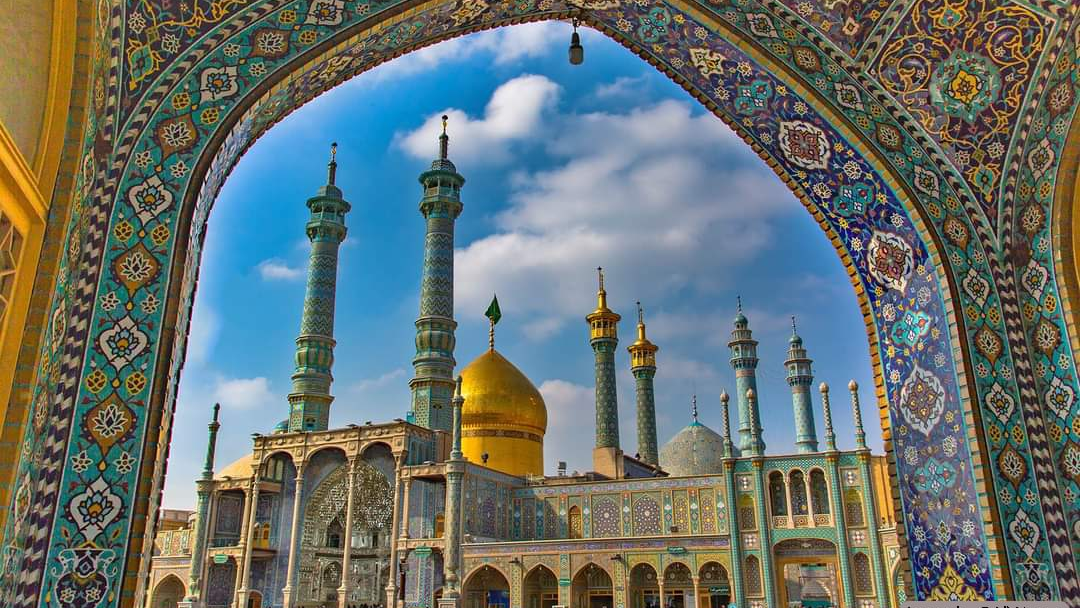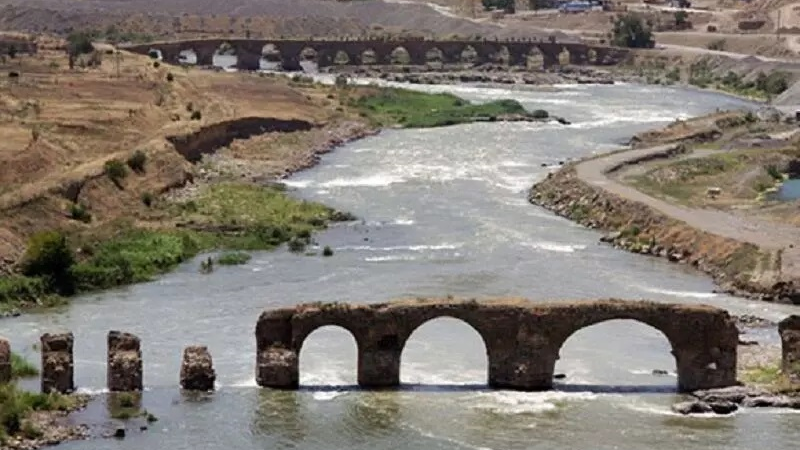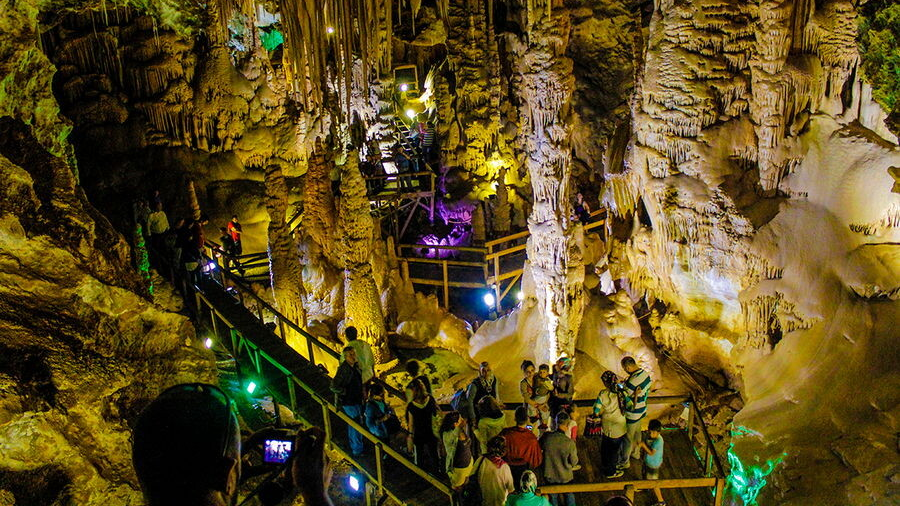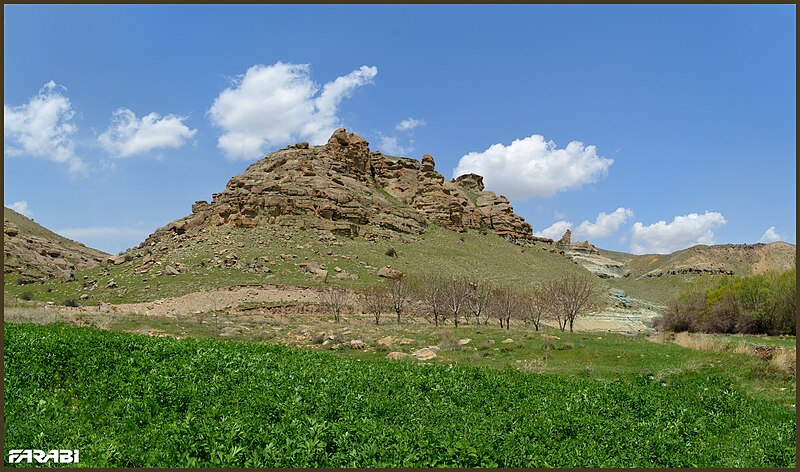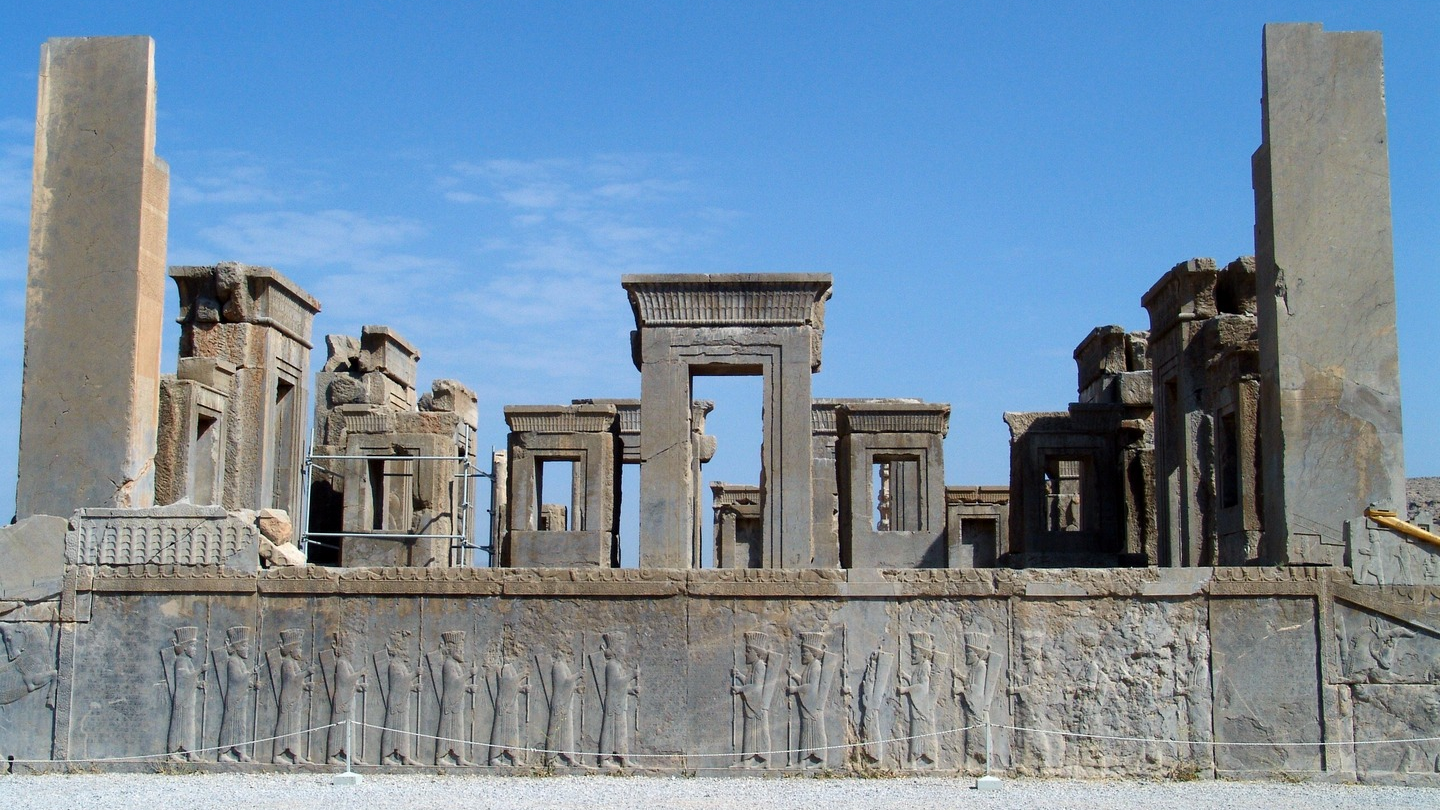
The Kahnu neighborhood: from the Pigeon Tower to the Zoroastrian Sacred Fire
Yazd is one of the cities in Iran with a long-standing Zoroastrian minority. Kahnu, also known as Kesnaviyeh, is one of Yazd’s neighborhoods where both Zoroastrians and Muslims have historically resided.
It is said that the first Zoroastrians in Yazd migrated from a region in Greater Khorasan to settle in the city, seeking a place to preserve their religious practices. One of the prominent families of Kahnu, the Demehri family, traces its lineage back to Dehmir in Khorasan.
Features of Kahnu Neighborhood
Kahnu is the first neighborhood encountered when entering Yazd through the Quran Gate. It is located in the northern part of Yazd, adjacent to the neighborhoods of Mahmoudabad, Seyed-Sahra, Nasrabad, and Amirabad. The area is home to several significant historical sites.
Until recently, Kahnu had clearly defined boundaries marked by surrounding walls. However, with urban expansion, these borders have largely disappeared. Some residents of Kahnu are engaged in agriculture, with their farmlands located a short distance from the residential area in a region known as Mardivoo.
Zoroastrian Quarter in Kahnu
In the Kahnu neighborhood, Zoroastrians have traditionally settled in the area around what is now called Shahrbanu Alley. At the beginning of this alley stands a Darmehr (Zoroastrian fire temple), built several decades ago over the site of the neighborhood’s original fire temple. The Darmehr is where the sacred Zoroastrian fire is kept. Inside, there is a special chamber for the fire, tended by a custodian known as the Atashbod. The position of Atashbod is hereditary within Zoroastrian families.
Adjacent to the Kahnu Darmahr are two halls used for Zoroastrian ceremonial events. The larger hall can accommodate approximately 150 people, while the smaller hall has a capacity of around 600 people.
Kahnu Neighborhood Dovecote Tower
Dovecotes are ancient structures, typically cylindrical in shape, built to house pigeons and other birds. The droppings collected from these birds were used in agriculture. Historically, pigeon droppings were also utilized in leather tanning and gunpowder production. As a result, the construction of dovecotes became common during the Safavid era (1501–1736 CE), with numerous examples still preserved in cities like Isfahan and Yazd. The Kahnu Tower dates back to this same period. Depending on their size, dovecotes could accommodate anywhere from a thousand to forty thousand pigeons.
Kesnaviyeh Dovecote Tower This tower is currently located within Kesnaviyeh Park. Before the park was established, the dovecote of the Kahnu neighborhood stood between two gardens—Vazir Garden and Baghiha Garden—with several adobe buildings surrounding it. The Kesnaviyeh Tower currently has a height of 15.4 meters. Prior to the construction of the park, its height was 16.2 meters. It is believed that the original height of the tower was around 21 meters; however, the upper sections have been lost over time due to erosion. The Kesnaviyeh Tower was registered as a national heritage site in Iran in 2002.
Hosseinieh and Water Reservoir of Kahnu Neighborhood
In the Kahnu neighborhood, Muslims lived alongside Zoroastrians, which led to the establishment of a Hosseinieh in the area dating back to the late Safavid period (18th century). This Hosseinieh was registered in the Iranian National Heritage List in 2007. Inside the Hosseinieh, there is a water reservoir, which can be regarded as a notable example of Safavid-era architectural artistry.
This water reservoir is constructed using adobe bricks, fired bricks, plaster, and traditional mortar (sarooj). The decorations on both the entrance and the dome, created through intricate brickwork, are particularly striking. The entrance to the Kahnu neighborhood water reservoir is located on the eastern side of the local Hosseiniyeh. Next to the Hosseiniyeh stands a palm tree approximately eight meters tall, which every year on Ashura (the 10th of Muharram) the residents carry on their shoulders. This symbolic ritual represents a reenactment of the funeral procession of Imam Hussein (peace be upon him), the third Shia Imam.
| Name | The Kahnu neighborhood: from the Pigeon Tower to the Zoroastrian Sacred Fire |
| Country | Iran |
| State | Yazd |
| City | Yazd |
| Type | Historical |
| Registration | National |
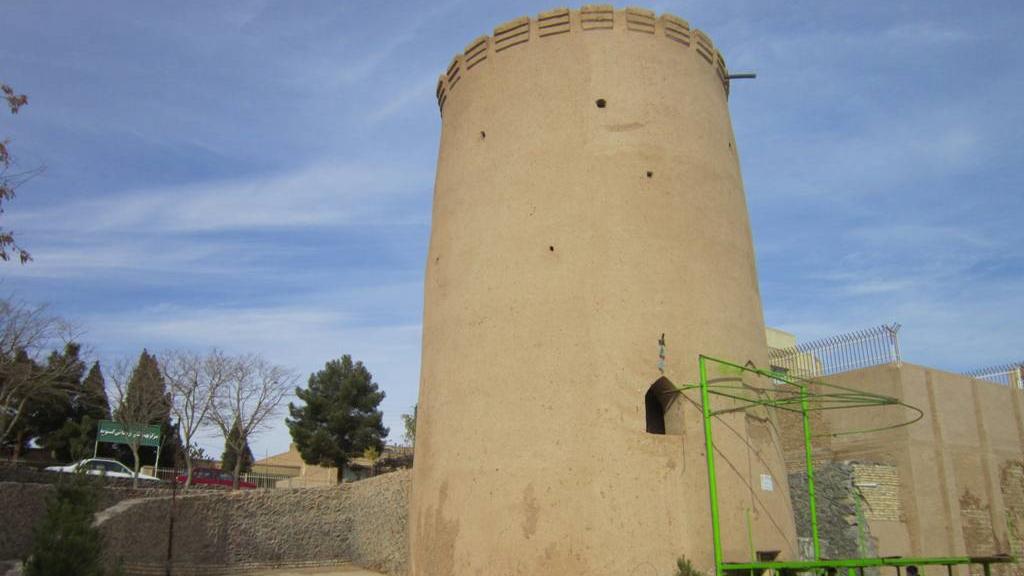
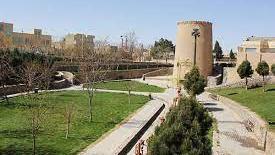
_1_1.jpg)


_1_1.jpg)
Choose blindless
Red blindless Green blindless Blue blindless Red hard to see Green hard to see Blue hard to see Monochrome Special MonochromeFont size change:
Change word spacing:
Change line height:
Change mouse type:

